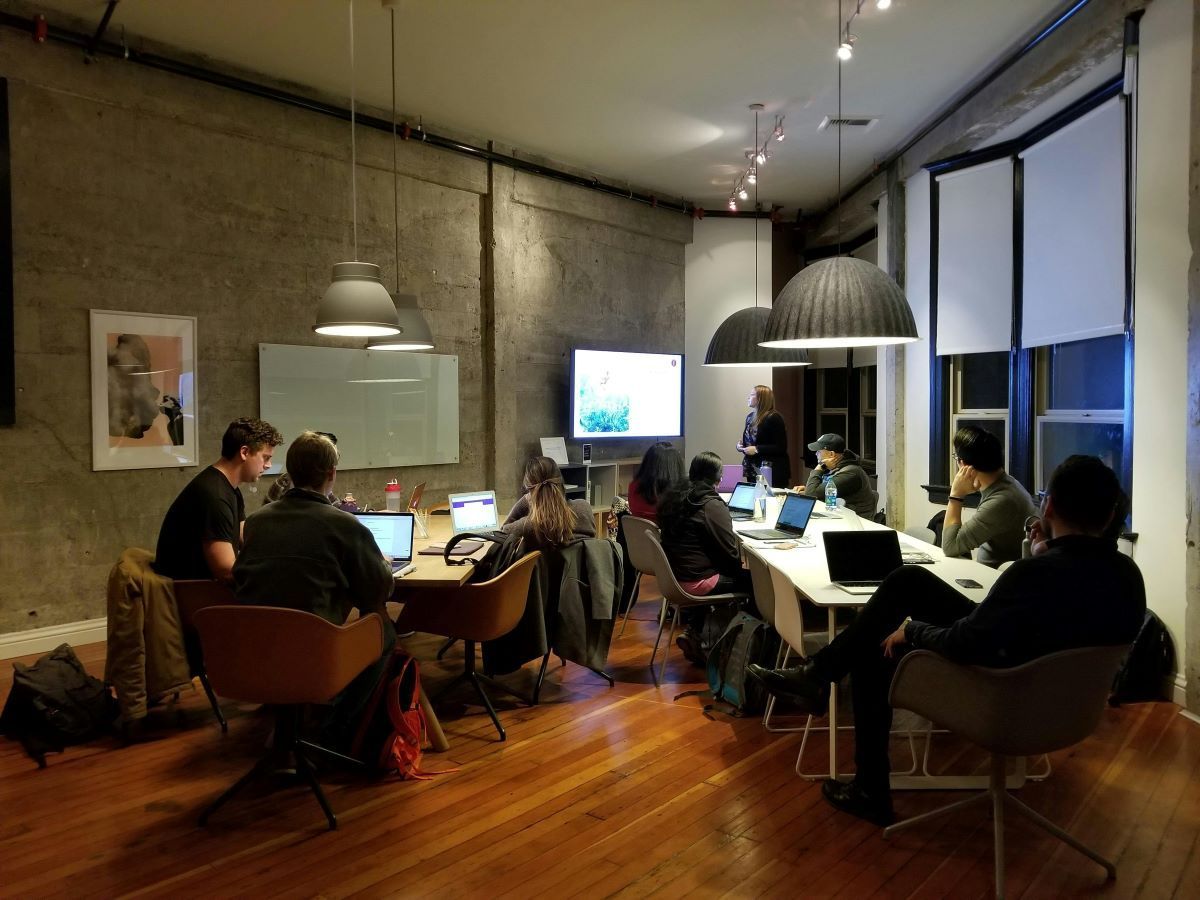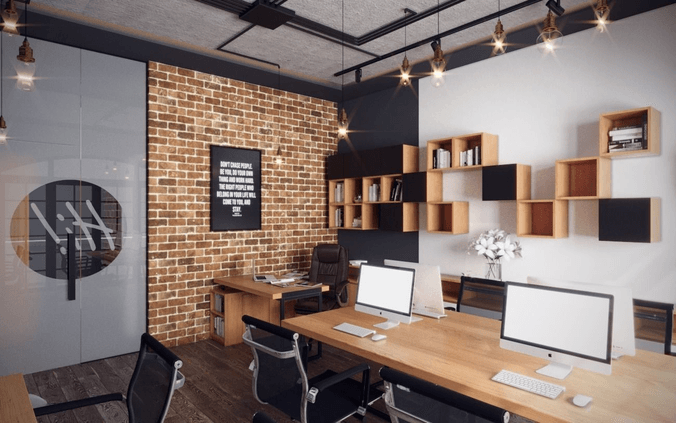Office Culture Retention During a Major Relocation
Learn key strategies for office culture retention during a major relocation to keep employees engaged, motivated, and connected.

Moving to a new office creates excitement but also uncertainty. Employees worry about changes in routine, workspace dynamics, and overall company culture. Therefore, office culture retention during a major relocation depends on clear communication, thoughtful planning, and strong leadership. If handled well, a move can refresh workplace energy and strengthen team bonds. However, ignoring cultural impact can lead to disengagement and decreased morale. A company’s values, traditions, and employee connections should remain intact no matter the location. So, by prioritizing people over logistics, businesses can ensure a smooth transition and maintain an environment that employees appreciate and rely on.
How Relocation Affects Office Culture
Moving to a new office brings changes that impact daily routines, team dynamics, and overall morale. During that time, employees may feel uncertain about their roles, work environment, or even commute adjustments. In this case, a poorly managed transition can create frustration, making it harder for teams to stay motivated. But, to keep morale high, companies must address concerns early and ensure employees feel supported. Small adjustments, like maintaining familiar traditions, can help reduce workplace stress and create a sense of stability. So, a relocation should enhance culture, not disrupt it. When handled thoughtfully, a new space can strengthen connections, improve collaboration, and provide fresh opportunities for growth. Employees thrive when they feel valued, heard, and comfortable in their workspace.
Clear and Consistent Communication
Employees need information early to feel secure about an office move. Do that because uncertainty leads to frustration, rumors, and disengagement. That's why, leaders should share updates regularly and explain the reasons behind the relocation. Opt for town halls, emails, and one-on-one meetings to keep everyone informed. Encouraging questions and feedback builds trust and reduces confusion. Apart from that, employees should understand how the new space benefits them and aligns with company goals. When communication stays open and honest, teams feel more confident about the transition. A well-informed workforce adapts faster and remains engaged throughout the moving process.
Involving Employees in the Move
Employees feel more connected to the workplace when they have a voice in major changes. Since relocation can create stress, involving teams in decisions makes the transition smoother. Along with that, asking for input on office layout, seating arrangements, and amenities helps employees feel valued. Overall, coordinating schedules, setting clear timelines, and communicating expectations prevent unnecessary delays. Therefore, together you’ll organize everything easier, and you’ll simply adjust to the new workspace in no time.
However, choosing the right moving service also plays a key role in reducing disruptions. For instance, relocating companies, like Eagle Moving Group, ensure that office equipment, furniture, and important documents arrive safely. Reliable movers handle logistics efficiently, allowing employees to focus on their work instead of the chaos of packing.
Keeping Core Values Strong
A company’s values should remain steady, even when the location changes. Employees rely on familiar principles to stay engaged and motivated. Therefore, leaders must reinforce key values through daily interactions and business decisions. Office culture retention during a major relocation depends on maintaining traditions that define the workplace too. Team rituals, recognition programs, and leadership accessibility create a sense of continuity. Also, new surroundings should support collaboration and innovation while respecting the company’s identity. Overall, when employees see consistency in values, they feel more connected, confident, and ready to embrace change.
Creating a Smooth Transition
An office move should feel like an opportunity, not a disruption. Employees need time and support to adjust to new surroundings. Simple changes, like familiar seating arrangements or designated team spaces, can ease the transition. Sometimes, adapting your office layout to change your work dynamics improves collaboration and efficiency. Open spaces, quiet zones, and breakout areas help teams stay productive. Additionally, personal touches, like company colors or favorite decor, create a sense of belonging. When employees feel comfortable in their new environment, they stay motivated, engaged, and ready to perform their best.
Keeping Employees Engaged and Connected is also a part of Office Culture Retention During a Major Relocation
A major move can create stress, but the right strategies keep employees engaged and connected. Consistency, communication, and thoughtful planning help teams stay motivated. Businesses can ease the transition by focusing on key areas:
- Address Concerns Early – Listen to employee worries and provide clear answers. A supportive approach builds trust and reduces uncertainty.
- Maintain Traditions – Keep favorite team activities, celebrations, and routines alive. Familiar experiences help employees feel at home in the new space.
- Use Technology – Digital tools keep teams connected, whether they work in-office or remotely. Messaging apps and virtual meetings strengthen collaboration.
- Create Comfortable Spaces – Offer quiet zones, social areas, and flexible seating. A well-designed office improves focus and productivity.
A relocation works best when employees feel valued and included throughout the process.
Evaluating the Move and Strengthening Culture
A successful relocation does not end once employees settle in. During this time, companies should check in regularly and address any concerns that arise. Gathering feedback helps identify what works and what needs improvement. Also, adapting to a new office requires flexibility, but maintaining core values keeps the workplace culture strong. That's why, leaders should encourage open discussions, celebrate small wins, and make necessary adjustments. Know that keeping employees involved fosters a sense of ownership and connection. A well-managed transition creates a positive work environment where people feel motivated, supported, and ready to succeed.
A New Location, the Same Strong Culture
Moving offices does not mean losing the essence of a company. Therefore, it is important to know that, office culture retention during a major relocation depends on keeping traditions alive, addressing concerns, and making employees feel heard. A successful move blends the old with the new, creating a space that encourages collaboration and engagement. In this case, leadership plays a crucial role in reinforcing core values and ensuring employees feel connected. Every change presents an opportunity to grow, but culture should remain a priority. So, a business thrives when its people feel comfortable, valued, and motivated—no matter where they work.










